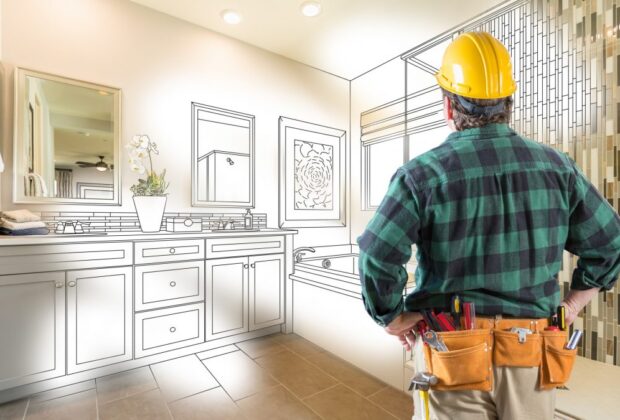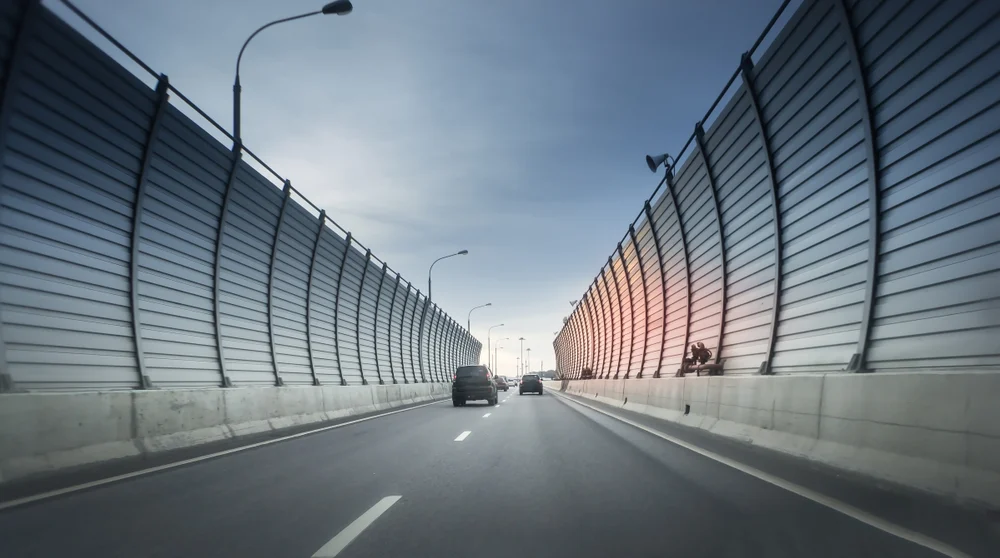When conducting building inspections, it is crucial to closely observe specific materials that are susceptible to defects, deterioration, or safety risks. These materials may require special focus during inspections to ensure the overall integrity and longevity of the structure.
- Asbestos, a naturally occurring mineral, was extensively utilized in construction materials before the 1980s for its fire-resistant and insulating characteristics. However, it was subsequently revealed that inhaling asbestos fibres could lead to severe health issues, including lung cancer and mesothelioma. Hence, it is imperative to identify any materials potentially containing asbestos, such as insulation, flooring, roofing, and siding, during inspections. If asbestos is found, it should be properly encapsulated or removed by a licensed professional to ensure the safety of the building’s occupants.
- Homebuilders used lead-based paint in homes before 1978. When this paint deteriorates or is disturbed during renovations, it can release lead particles into the air, which are harmful if inhaled or ingested, particularly by children. Inspectors should carefully examine any painted surfaces for signs of chipping, peeling, or flaking. If lead-based paint is suspected, it may be necessary to conduct a specialized test to confirm its presence and develop a plan for safe removal or encapsulation.
- Mold, a fungus, flourishes in moist, humid settings and can develop on a range of construction materials like drywall, wood, and insulation. It has the potential to present health hazards, particularly for people with allergies or respiratory conditions. When conducting inspections, it’s crucial to look for indications of mould growth, including visible patches, musty smells, or high levels of moisture. Particular focus should be placed on areas susceptible to water leaks, such as bathrooms, kitchens, and basements. If mould is found, it should be properly remediated by a certified professional.
- Faulty electrical wiring can present a significant fire hazard and is a crucial aspect of any building’s infrastructure. Older buildings may have outdated or damaged wiring that doesn’t meet current safety standards. Inspectors need to thoroughly inspect the electrical system, paying close attention to any indications of wear, damage, or incorrect installation. This may include checking for frayed wires, overloaded circuits, and missing or damaged outlets and switches. If any issues are found, they should be addressed by a licensed electrician.
- Polybutylene piping was a popular choice for plumbing systems in homes built between the 1970s and 1990s due to its low cost and ease of installation. Later on, it was found that this piping was susceptible to early failure, leading to considerable water damage. When conducting inspections, it is crucial to detect any polybutylene piping and evaluate its state. If the piping displays signs of decay or has previously leaked, replacing it might be necessary to avoid future water damage and expensive repairs.
- The foundation and structural components of a building are essential for its safety. However, these elements are prone to damage from soil movement, water intrusion, and other factors. Special attention should be paid to any areas where the foundation is exposed, such as in a crawl space or basement. If any issues are found, they should be evaluated by a structural engineer to determine the best course of action. For more useful reference, Check This Out.









